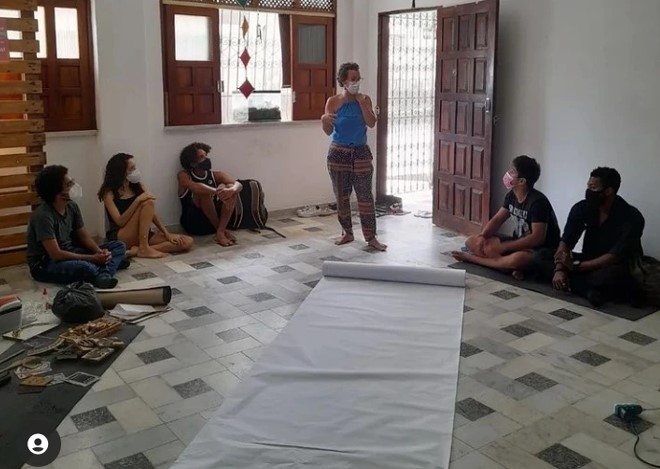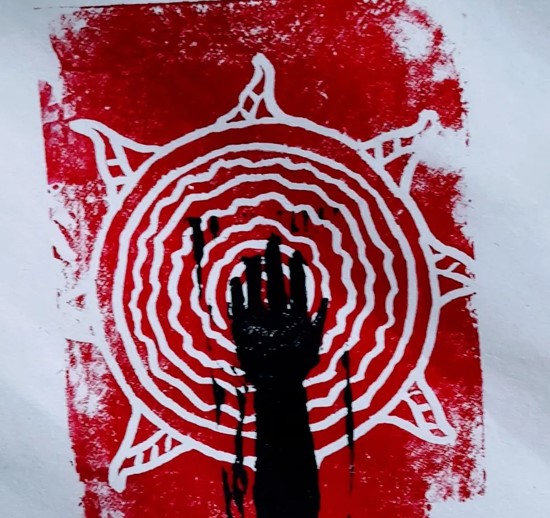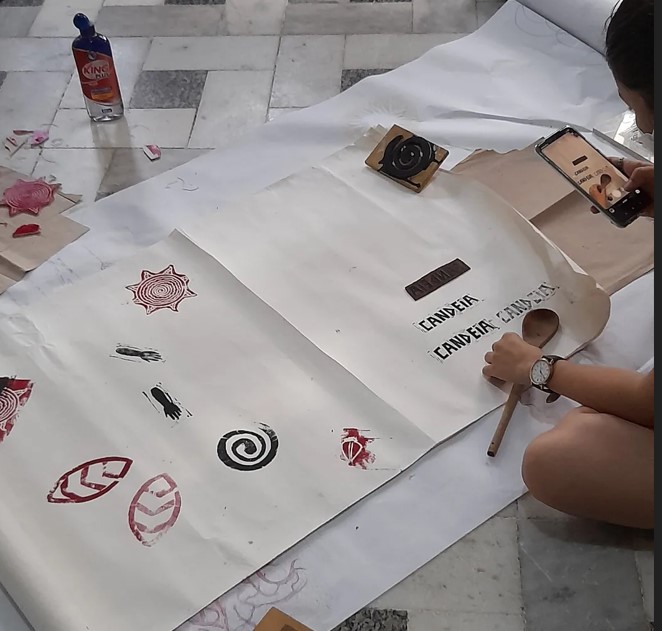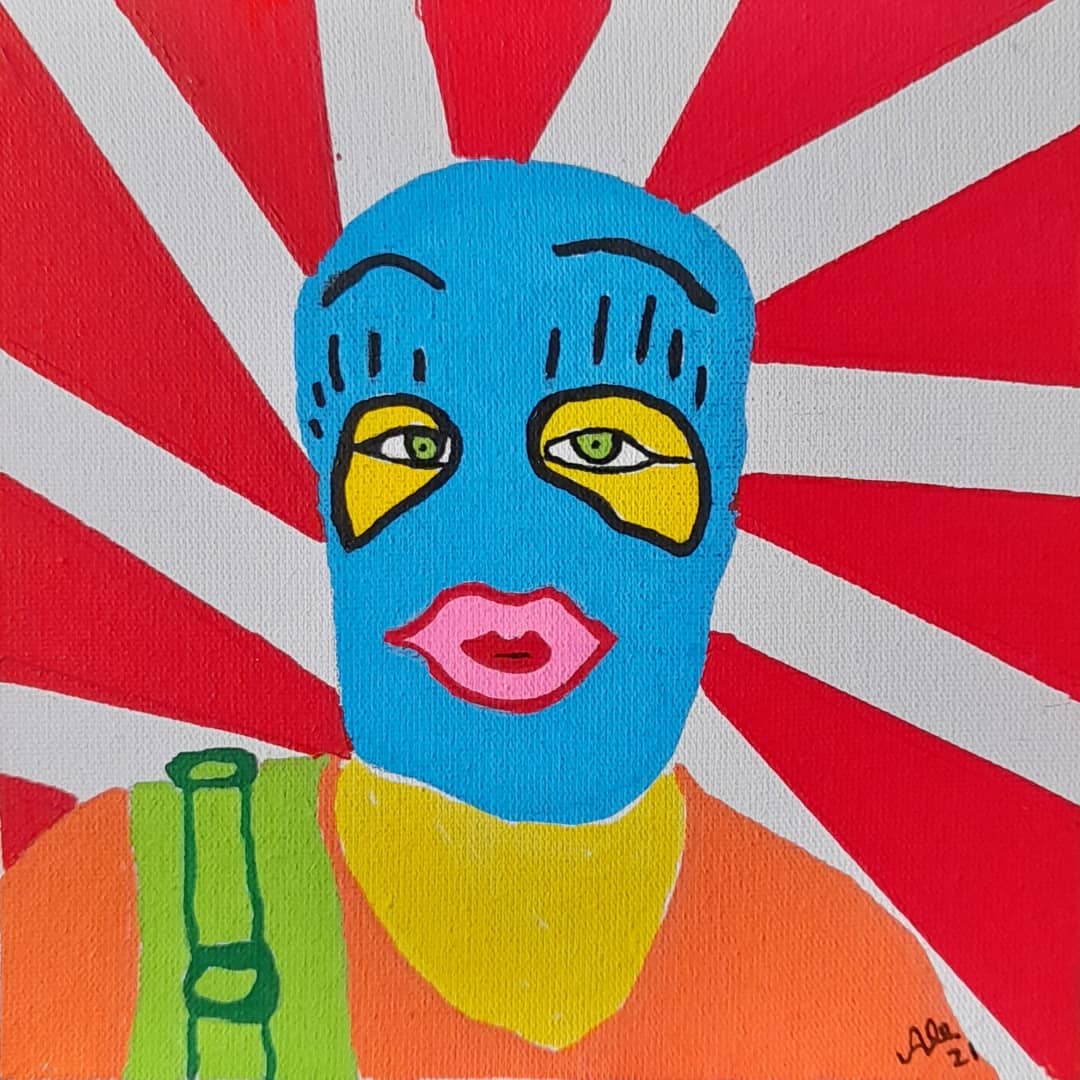
Dr. Simões Paiva has a Master's in Art History, Theory and Criticism and a Ph.D. in Latin American Studies, both from the University of São Paulo (USP). Currently, she is a professor at the Federal University of Southern Bahia (UFSB), Brazil, where she teaches interdisciplinary arts and critical race studies. She is a member of the Brazilian Association of Art Critics (ABCA) and the International Association of Art Critics (AICA). Her research focuses on relations of gender, race, ethnicity, and geopolitics in contemporary Latin American art, a theme that also crosses her practical work in painting and images made with reproducible techniques, such as stencils, stamps, and prints.
UFSB students engaged in a creative experience at the Zabelê Project, in the Tupinambá territory (2022).









CLIK HERE: Read more about Zabelê Project
CLICK HERE and explore the biodiversity of the “mangue” forest: https://files.cargocollective.com/c1096496/mangue.mp4
Records of the "letter film" process in the Pataxó community (2016)
CLIK HERE TO SEE THE FILM: https://www.youtube.com/watch?v=8tNDreHlh94
Mural painting Federal University of Southern Bahia, 2022
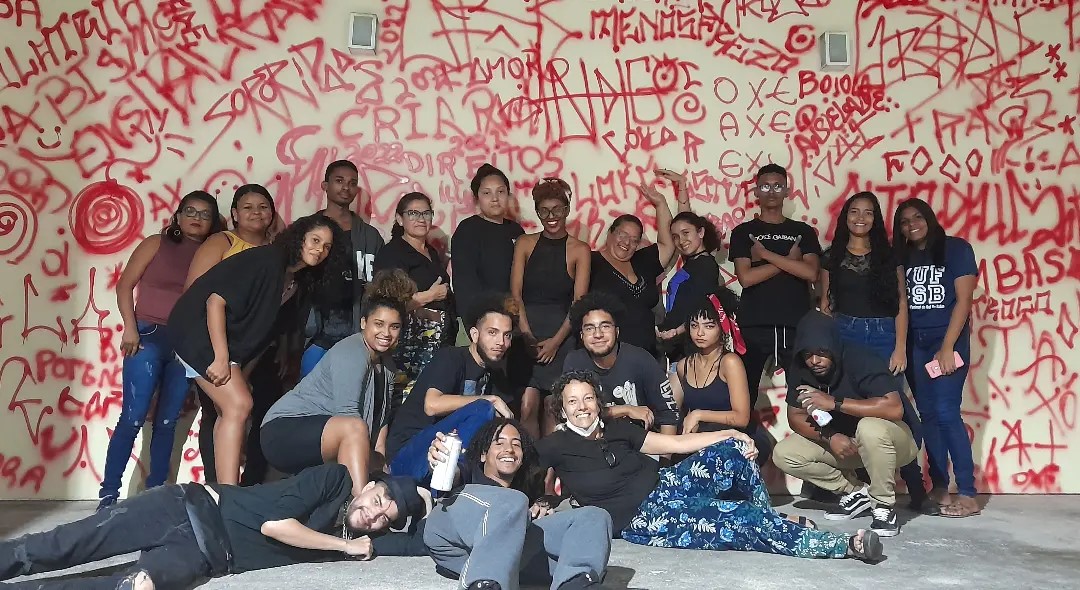
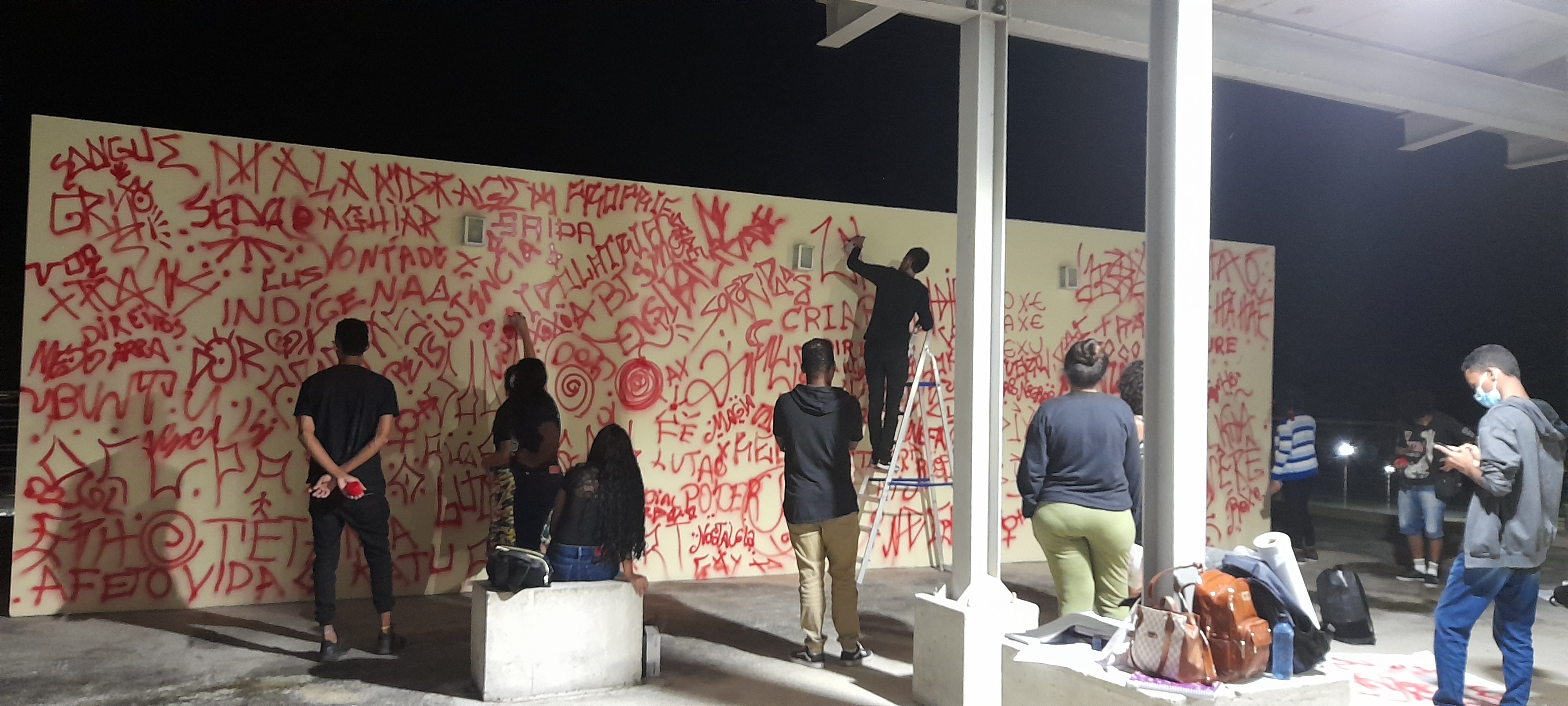







“Cabeça de Bagre” was a result of the Curriculum Component
“Field of Arts - Knowledge, and Practice” (2019). The proposal was to carry out
an artistic intervention in Itabuna city using contemporary urban art
strategies and its relationship with the activism aimed at the issue of
appropriation of spaces in the city.
The project's main theme is the Itabuna River, which is extremely polluted
and was used for fishing and leisure by the city's residents in ancient
times.





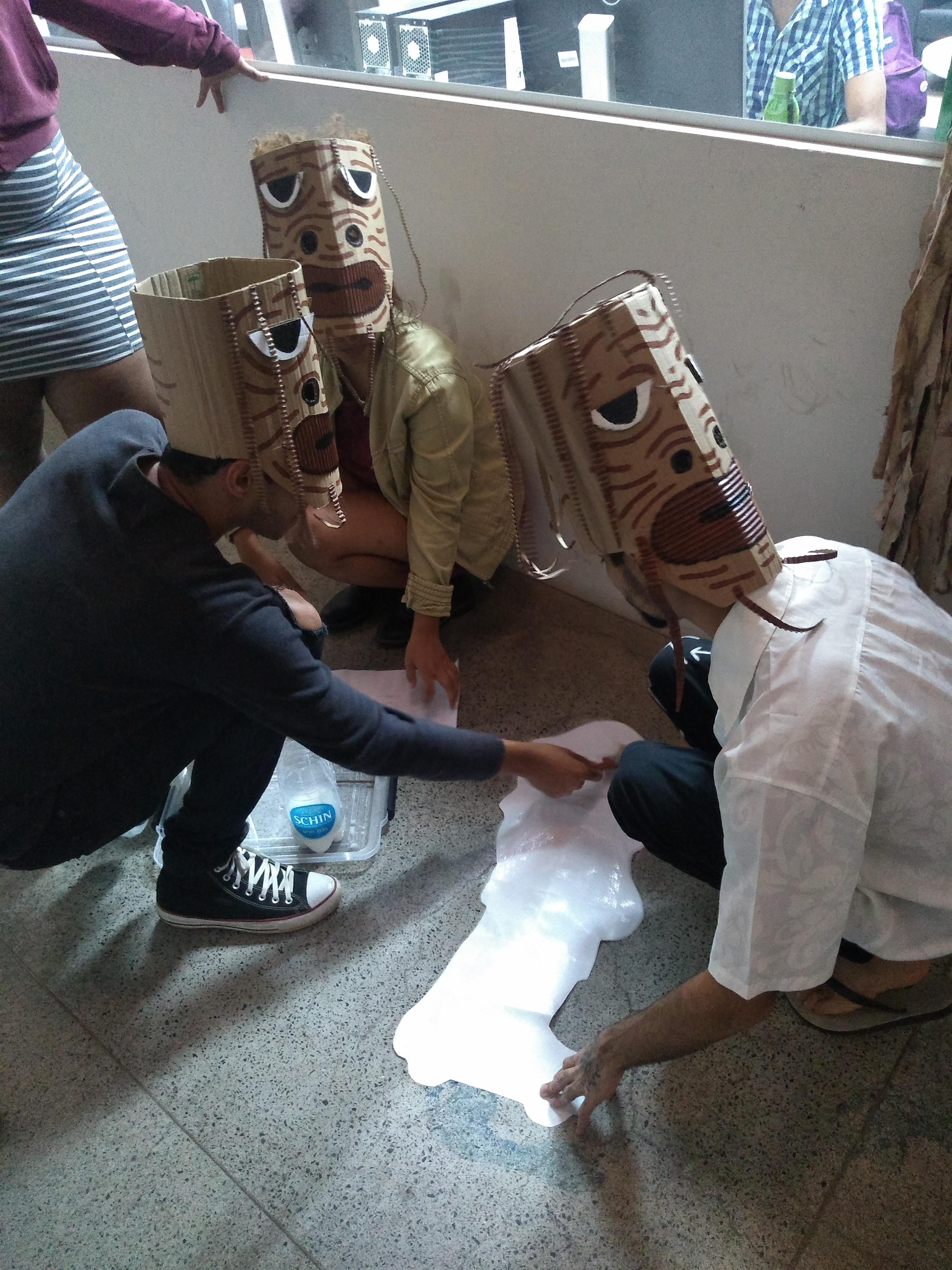

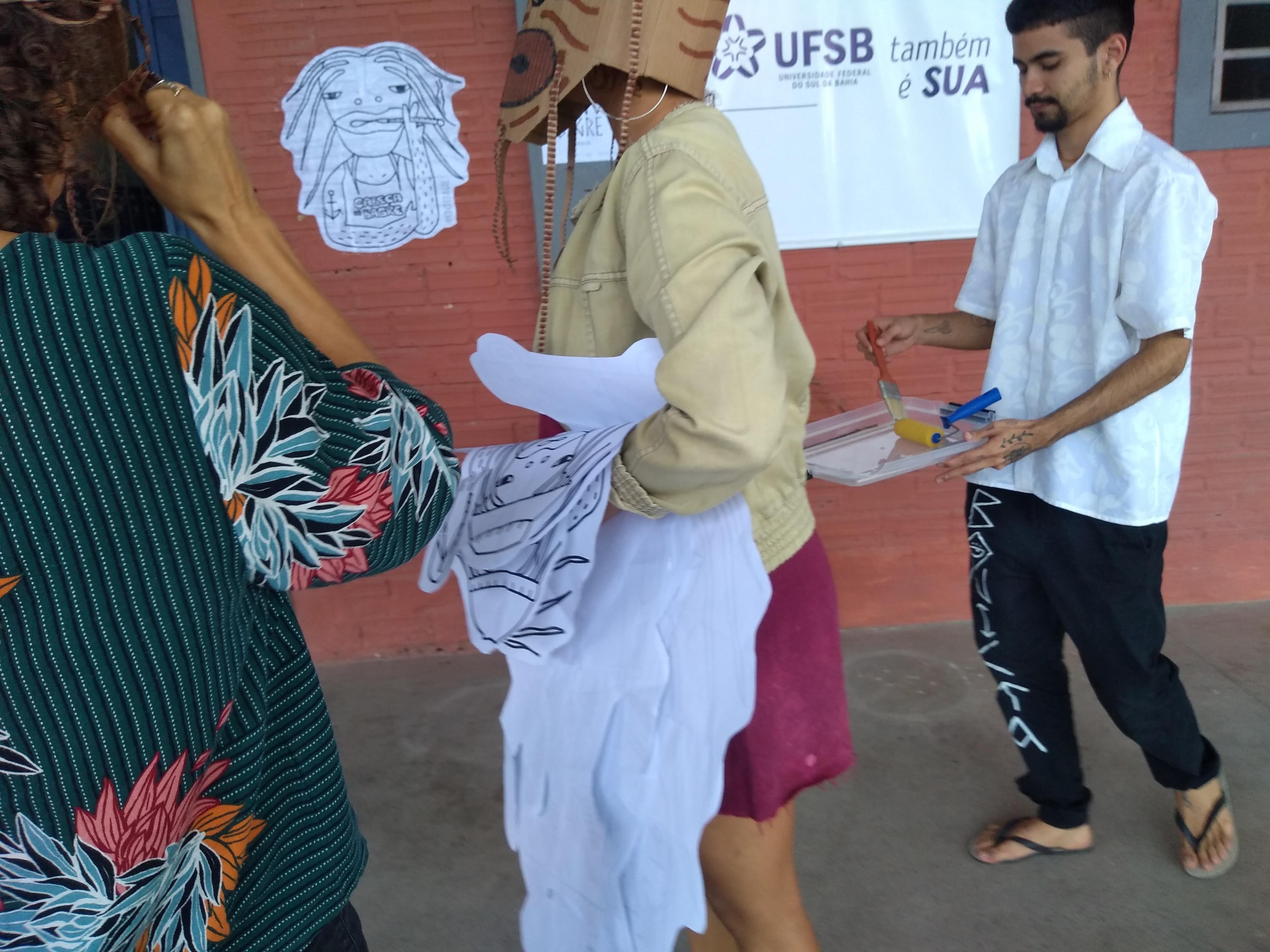


SEE THE MINI-DOC: https://www.youtube.com/watch?v=w9p9OSqF7s4&t=5s
OCCUPA FOUNTAIN (2019): the result of the “Art, Communities and
Spatialities Curriculum Component”: rifts through the city center,
conversations between a professor and students about the impressions of drifts,
case studies on urban art and contemporary art theories regarding aesthetic
languages, strategy elaboration, and project execution.



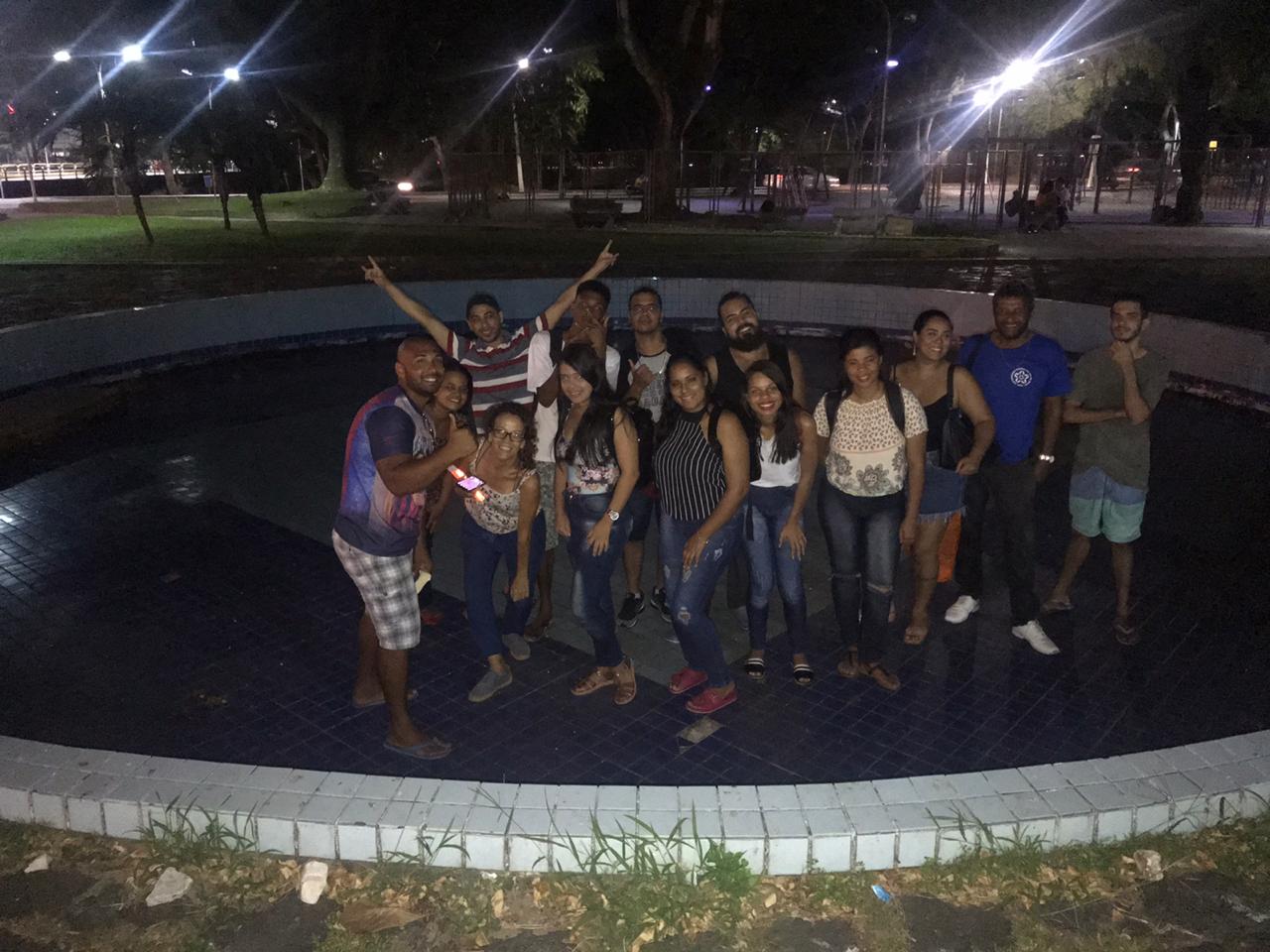



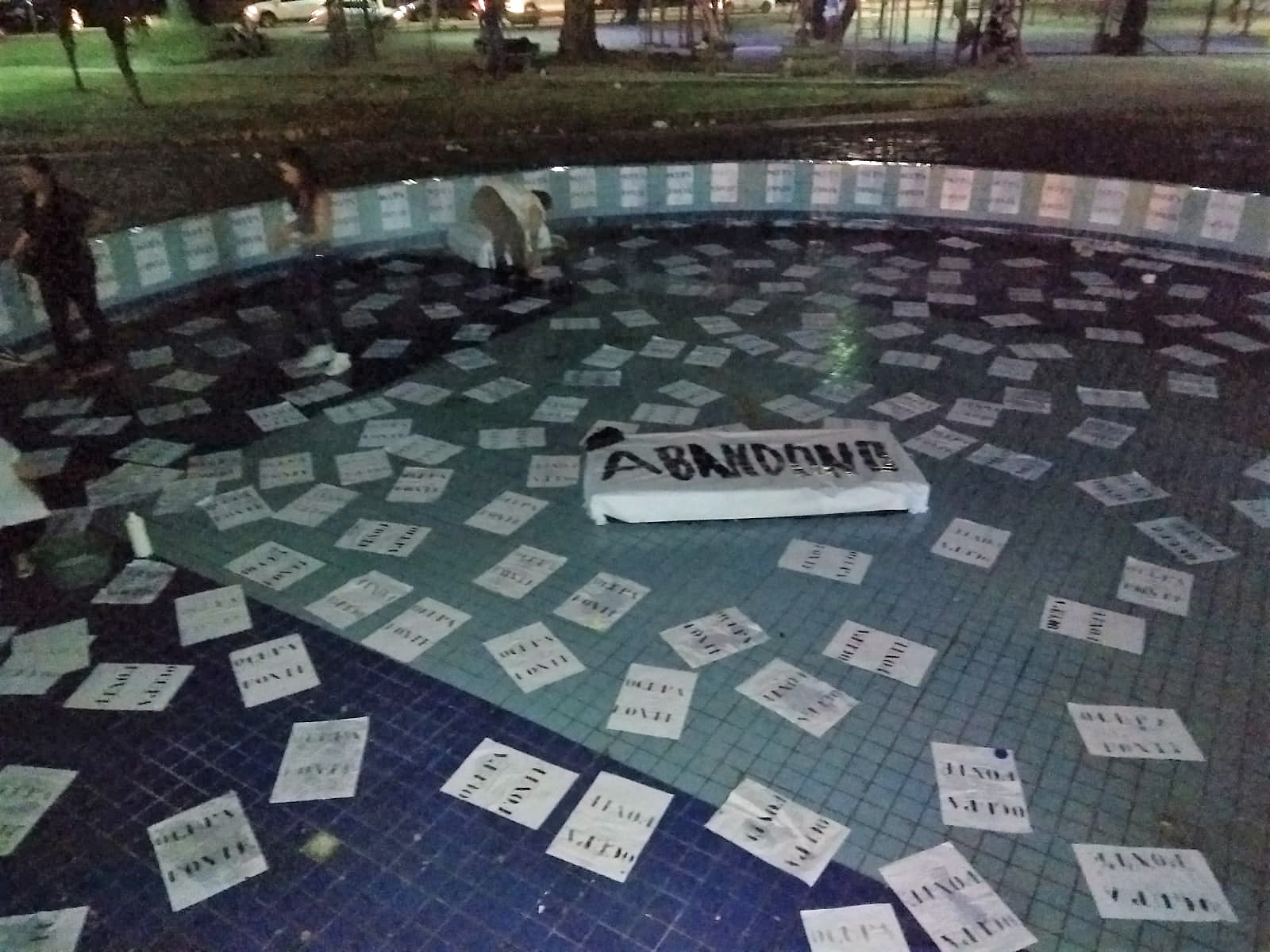
In the discipline of art and communities, we used the
stencil technique to occupy a space at the university in honor of the memory of
Marielle Franco, a black feminist leader brutally murdered in 2018.






The composition of the artist’s book is a proposal for the idea
of the “pedagogical poetic object” during a course on Amerindian Art (2018).

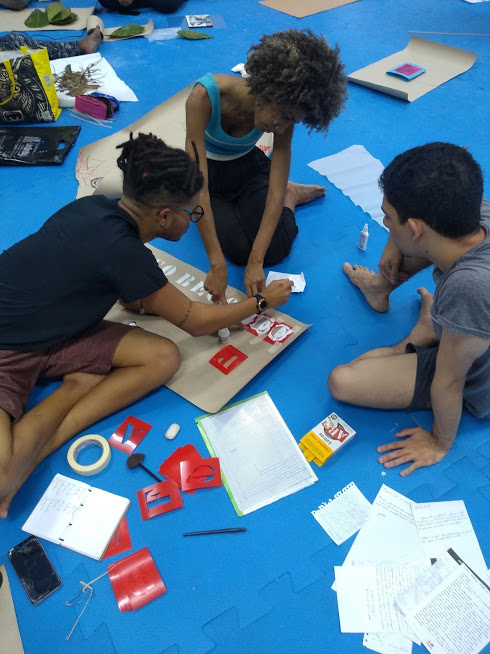







The use of the traditional "cordel", a small booklet with woodcut, to understand the influence of colonial poetics in the Americas, with the participation of the popular artist Franklin Costa (2017)




Discussing the boundaries between art, craft, and object based on the production of materialities (2018)









University students participate in a body painting workshop in the Tupinambá indigenous territory (2019)
The creation of a pedagogical device, the "citizen
eye", to observe the occupation of abandoned and public spaces (2018)












The memory of the carnival revisited through tiles fixed on
the architectural heritage of the historic city of Caravelas (2016)



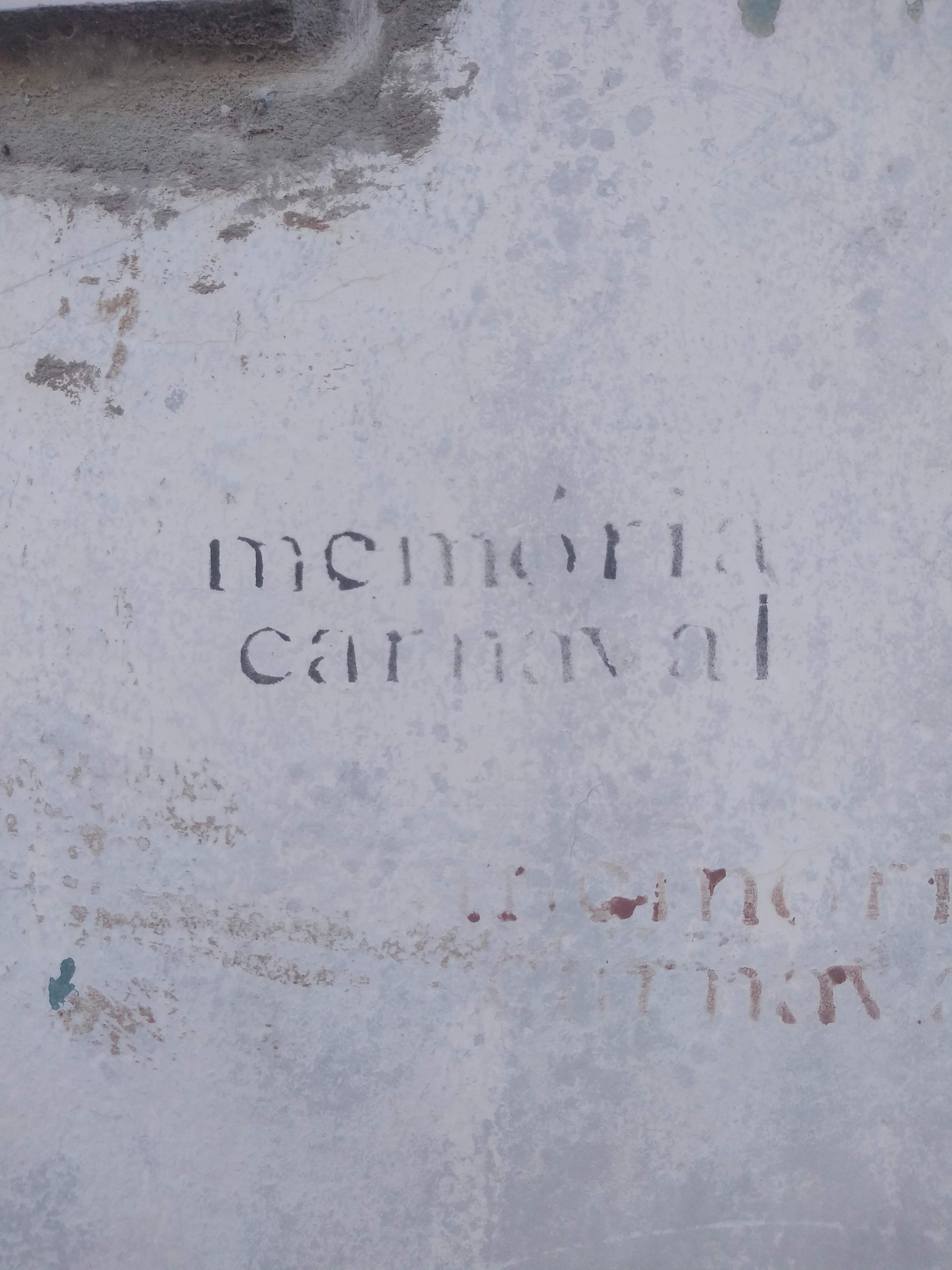

















Field visits for research in Afro religious communities and
Pataxós and Tupinambá indigenous territories (2016-2019)



Útero Zabelê, Tupinambá indigenous territories (2022). Natural prints
![]()
![]()
![]()
![]()
![]()
![]()
![]()
![]()
![]()
![]()
![]()
![]()

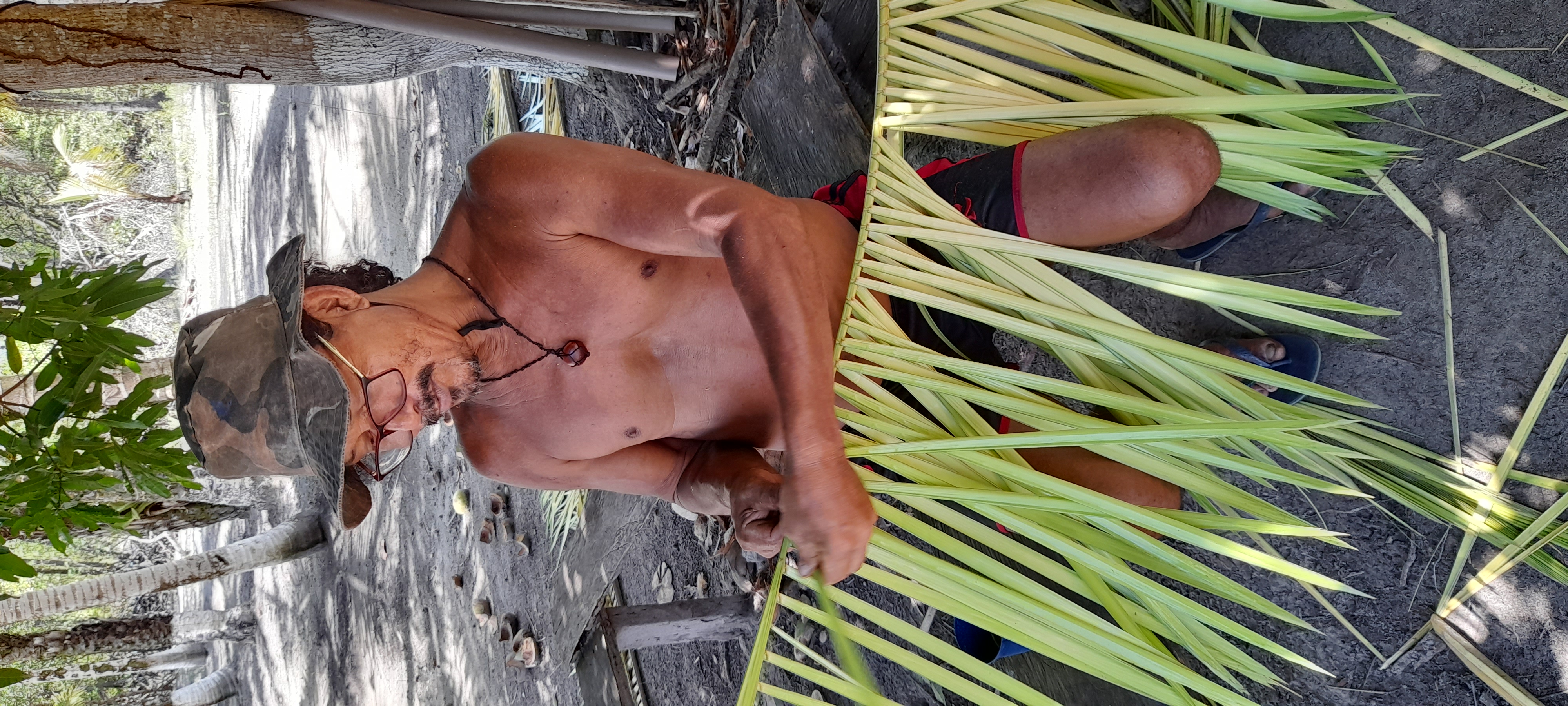


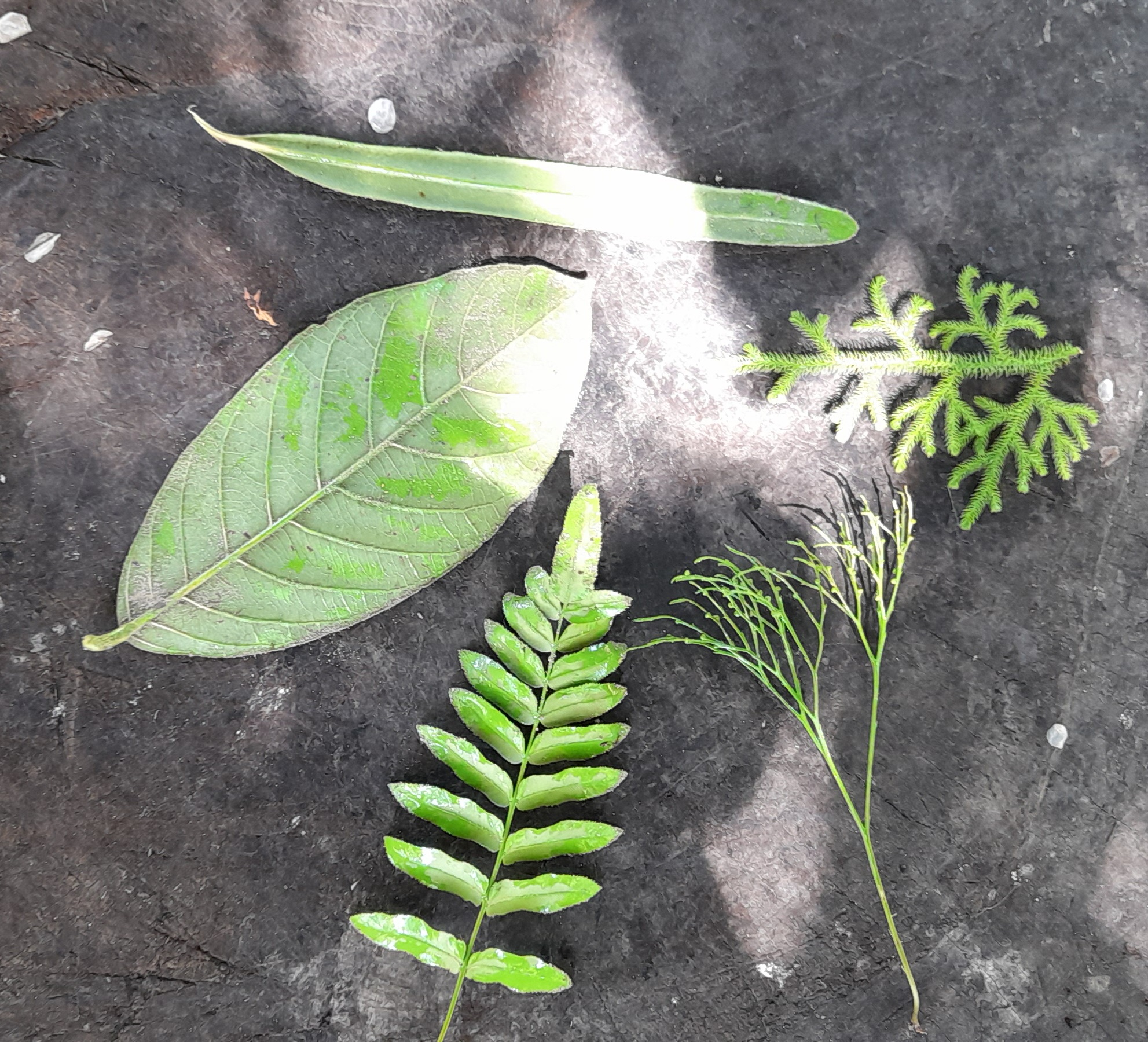

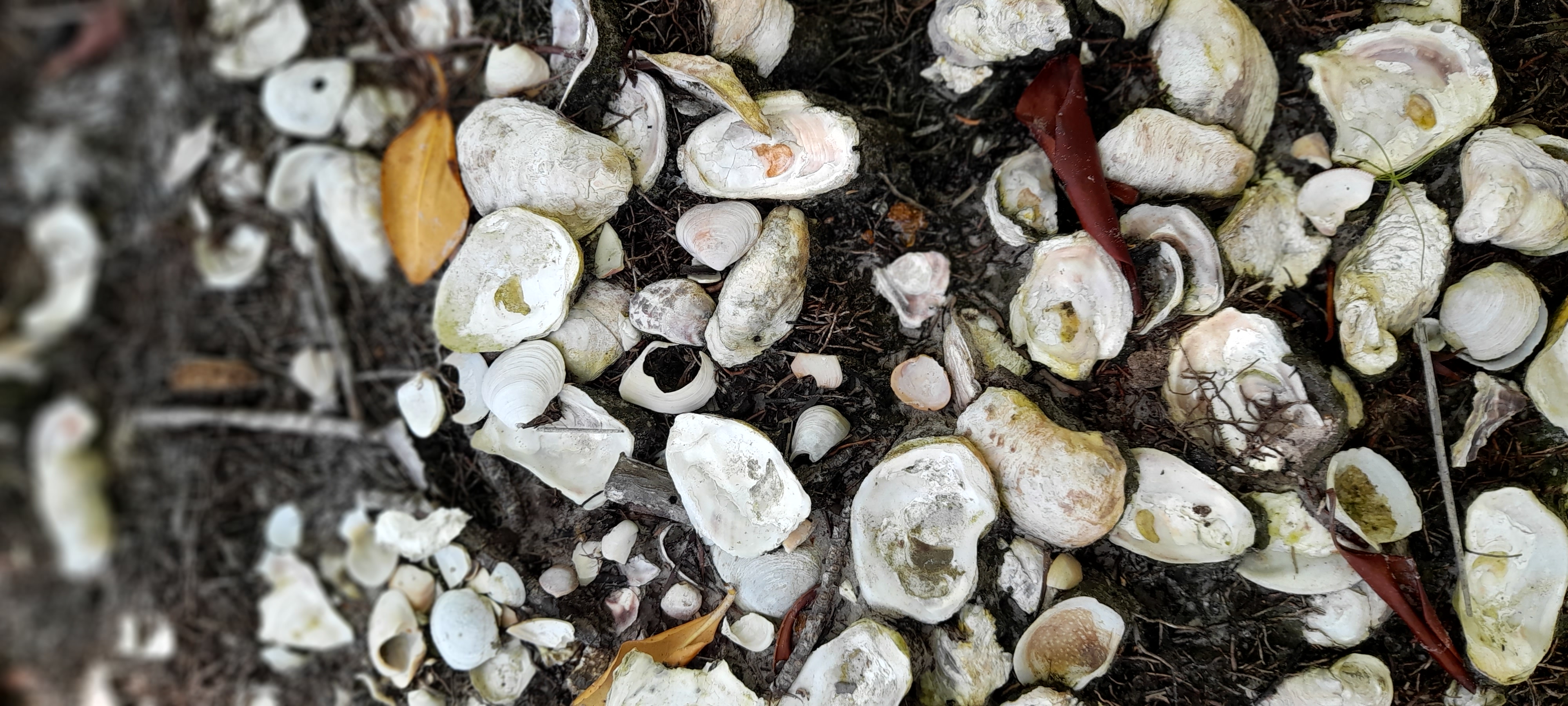
Woodcut workshop, Itabuna (2022)
